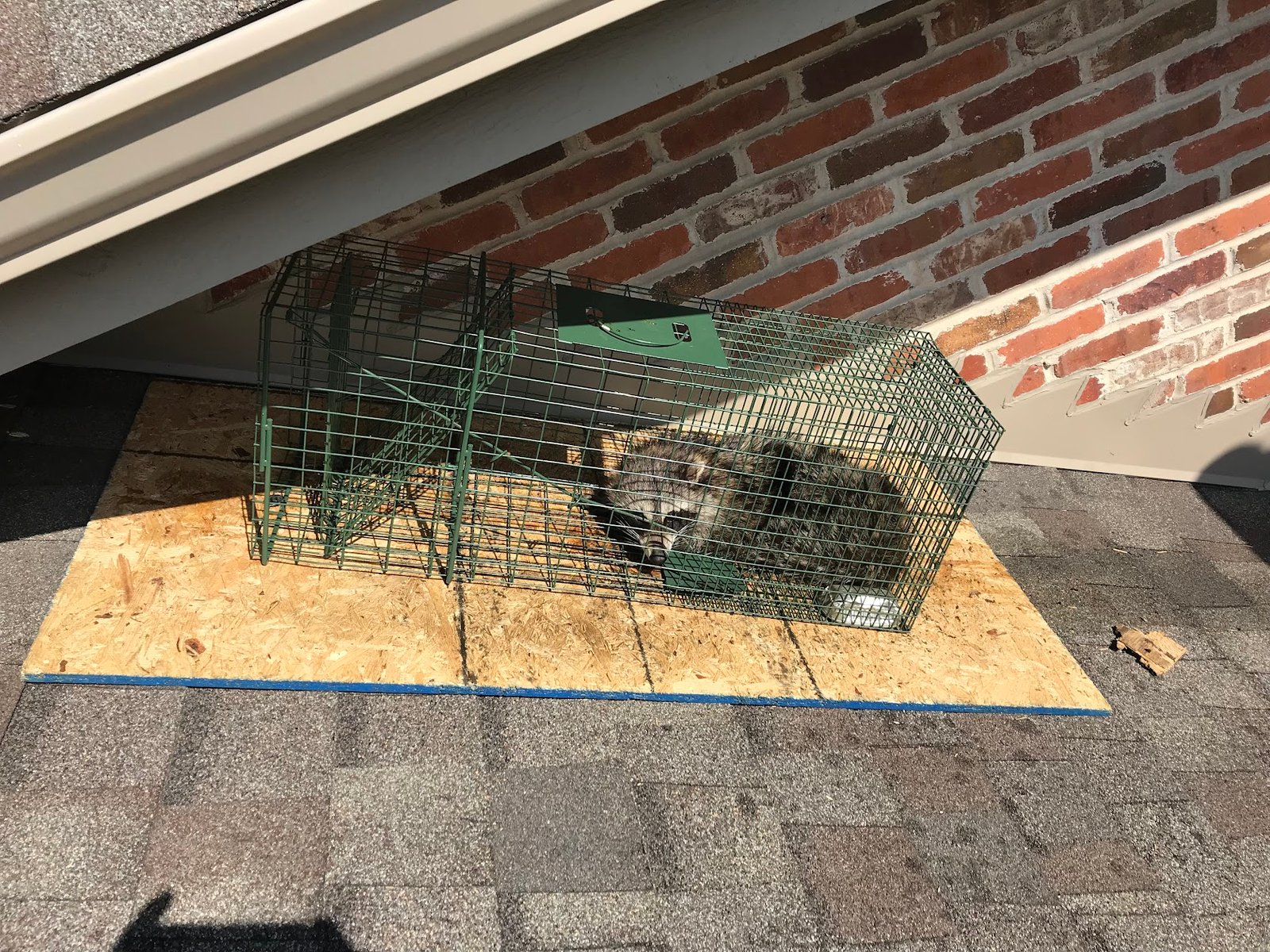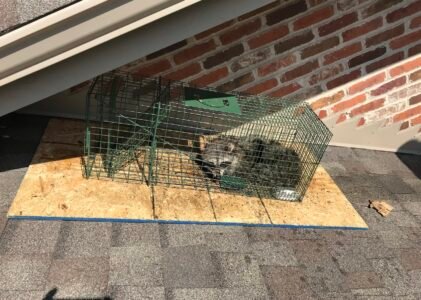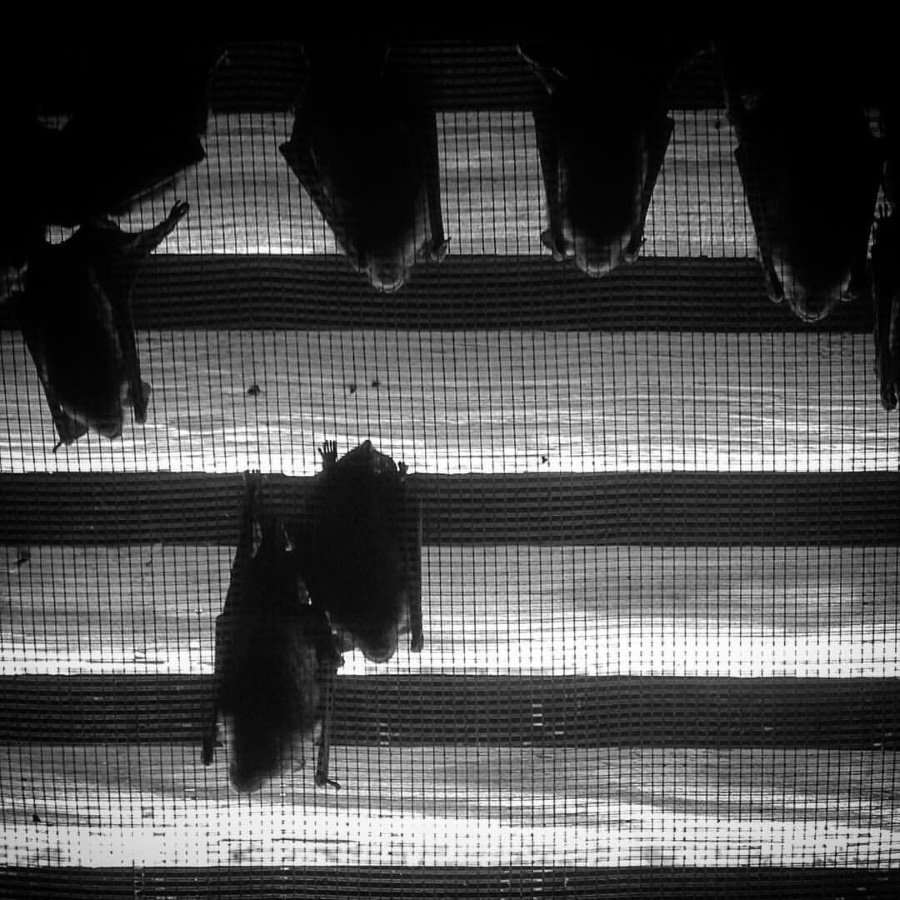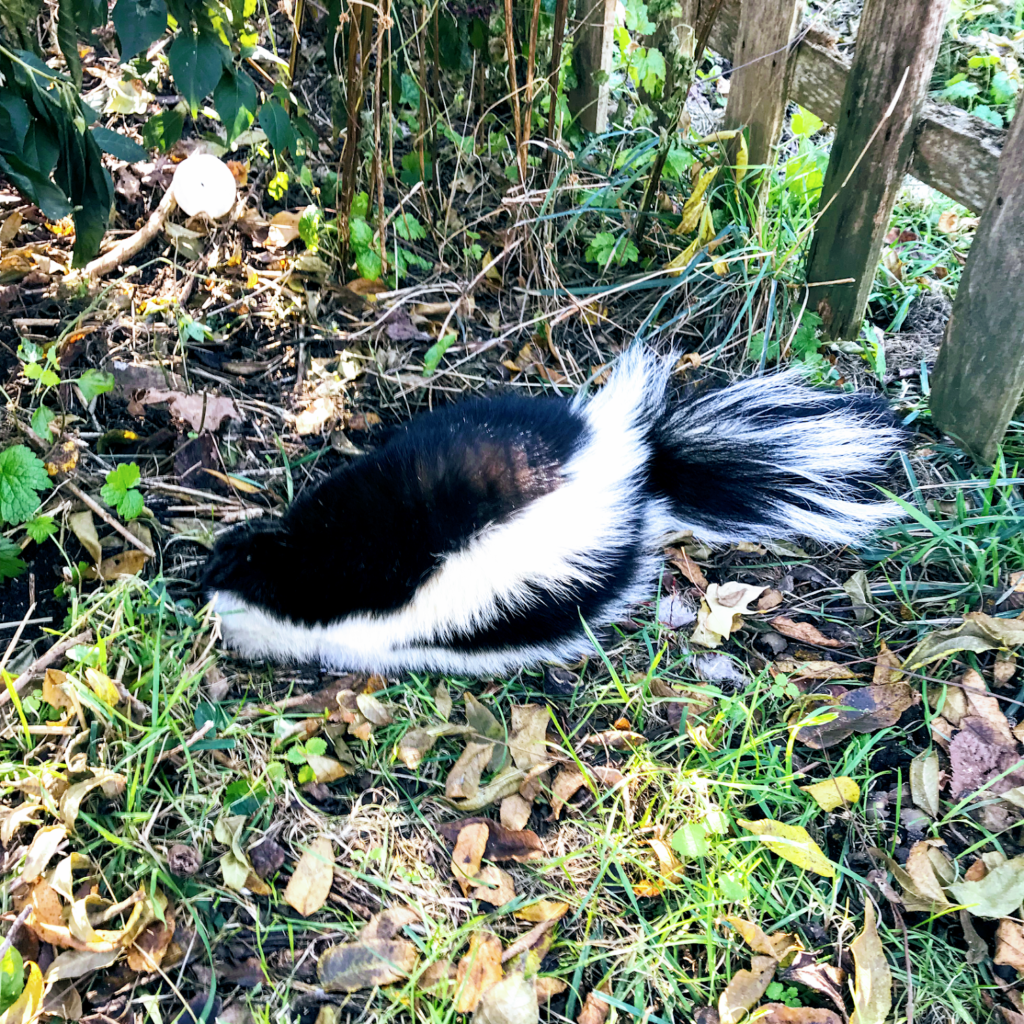Having animals in the attic can be a nuisance and potentially cause damage to your home. While there are many deterrents available on the market, some people prefer not to use them due to concerns about their effectiveness or the impact on the animals. If you’re looking for ways to prevent wildlife in the attic without using deterrents, there are several steps you can take.
1. Seal All Entry Points
The first step in preventing animals from entering your attic is to seal off all potential entry points. Inspect your attic and the exterior of your home for any gaps, holes, or cracks that animals could use to gain access. Common entry points include vents, chimneys, and gaps in the roof or siding. Use materials such as wire mesh, steel wool, or caulk to seal these openings and prevent animals from getting in.
2. Trim Trees and Shrubs
Animals like squirrels and raccoons can use overhanging branches and shrubs as a bridge to access your attic. By trimming trees and shrubs away from your home, you eliminate this easy access point. Make sure to keep branches at least six feet away from your roof to prevent wildlife from using them as a pathway.
3. Secure Trash and Food Sources
Wildlife is often attracted to homes that provide easy access to food sources. Secure your trash cans with tight-fitting lids and consider using animal-proof containers. Avoid leaving pet food or birdseed outside, as these can also attract animals. By eliminating food sources, you reduce the likelihood of wildlife being drawn to your home.
4. Install Vent Covers
Vents are a common entry point for animals seeking shelter in your attic. Install vent covers or screens to prevent animals from entering through these openings. Make sure the covers are sturdy and securely fastened to withstand the attempts of persistent animals.
5. Maintain Your Yard
A well-maintained yard can help deter wildlife from approaching your home. Regularly mow your lawn, remove fallen fruit from trees, and keep vegetation trimmed. By making your yard less attractive to animals, you reduce the chances of them venturing closer to your home and potentially finding their way into your attic.
6. Use Sound and Light
While not considered deterrents in the traditional sense, using sound and light can help discourage animals from entering your attic. Install motion-activated lights around the perimeter of your home to startle wildlife and make them think twice about approaching. Additionally, playing a radio or using ultrasonic devices that emit high-frequency sounds can also be effective in deterring animals.
7. Regular Inspections
Regularly inspect your attic and the exterior of your home for any signs of animal activity or potential entry points. Look for droppings, chewed wires, or nesting materials. By catching any issues early on, you can address them promptly and prevent animals from establishing a presence in your attic.
Conclusion
Preventing wildlife from entering your attic without using deterrents is possible with a proactive approach. By sealing off entry points, trimming trees and shrubs, securing food sources, installing vent covers, maintaining your yard, using sound and light, and conducting regular inspections, you can significantly reduce the chances of animals making your attic their home. Remember, it’s important to address any wildlife issues promptly to prevent damage and ensure the safety and comfort of your home.




